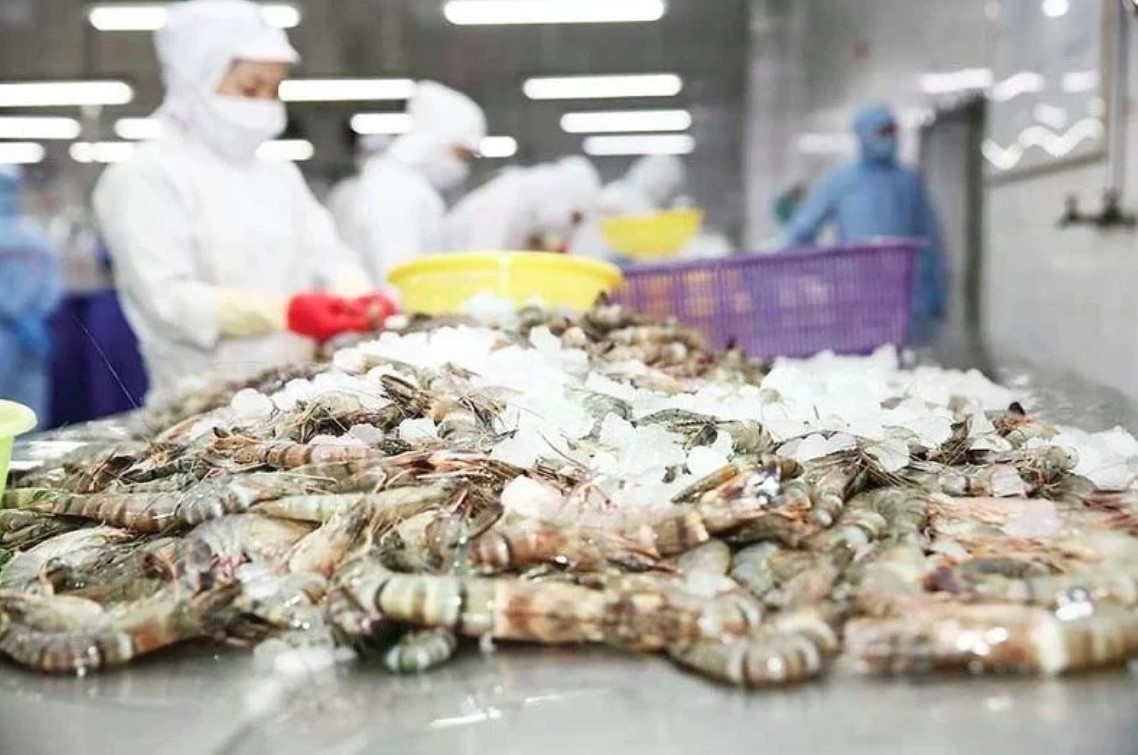Vietnam, Cuba expand high-tech shrimp farming cooperation
Despite the geographical distance, the Vietnam–Cuba friendship has been continously fostered through practical cooperation projects, notably a high-tech intensive shrimp farming model in Camagüey province.
The initiative stands as a vivid testament to the comprehensive cooperation between the two nations, contributing not only to increased aquaculture productivity but also paving the way for sustainable development of Cuba’s fisheries sector.
Launched in 2024, the project’s first production cycle has yielded encouraging results. After just 121 days, five pilot ponds in Santa Cruz del Sur, Camagüey province, harvested 20 tonnes of shrimp or 4 tonnes per hectare, a significant achievement given the current challenges facing Cuba’s aquaculture industry.
Vietnamese expertise has played a key role in this success, with a team of four seasoned engineers working closely alongside Cuban technicians throughout project implementation.
Building on initial success, both sides are working to expand the model to 10 hectares in Camagüey, aiming to reach a yield of 45 tonnes in the second half of 2025. The project fully applies Vietnam’s advanced shrimp farming technology, including modern aeration and water filtration systems, along with high-quality feed and care protocols.
Miguel Antonio Manso Díaz, head of production at the Cultisur Unit in Santa Cruz del Sur, noted that the second production cycle began in late April on a 5-hectare site. They have prepared 10 out of 30 ponds, stocking at a density of 100 shrimps per square metre, targeting a productivity of 900 to 1,000 kg per hectare.
The model is being replicated beyond Camagüey in key provinces such as Villa Clara in central Cuba and Pinar del Río in the west, bringing practical benefits as Cuba strives to overcome sanctions-related challenges. The project not only boosts productivity but also facilitates comprehensive technology transfer, from cultivation techniques to production management.
This cooperation project is opening new prospects for Cuba’s aquaculture sector, addressing food security, while laying the groundwork to attract investment in high-tech agriculture. With continued support from Vietnamese experts, the “shrimp farming for hunger elimination” model is gradually taking shape, creating jobs for thousands of local workers.
Cuba is steadily mastering modern shrimp farming technology, moving toward sustainable and self-reliant aquaculture development. The success of the project once again underscores the enduring vitality of the traditional Vietnam–Cuba friendship and marks a new chapter in bilateral economic and technical cooperation based on mutual benefit and sustainable development.




